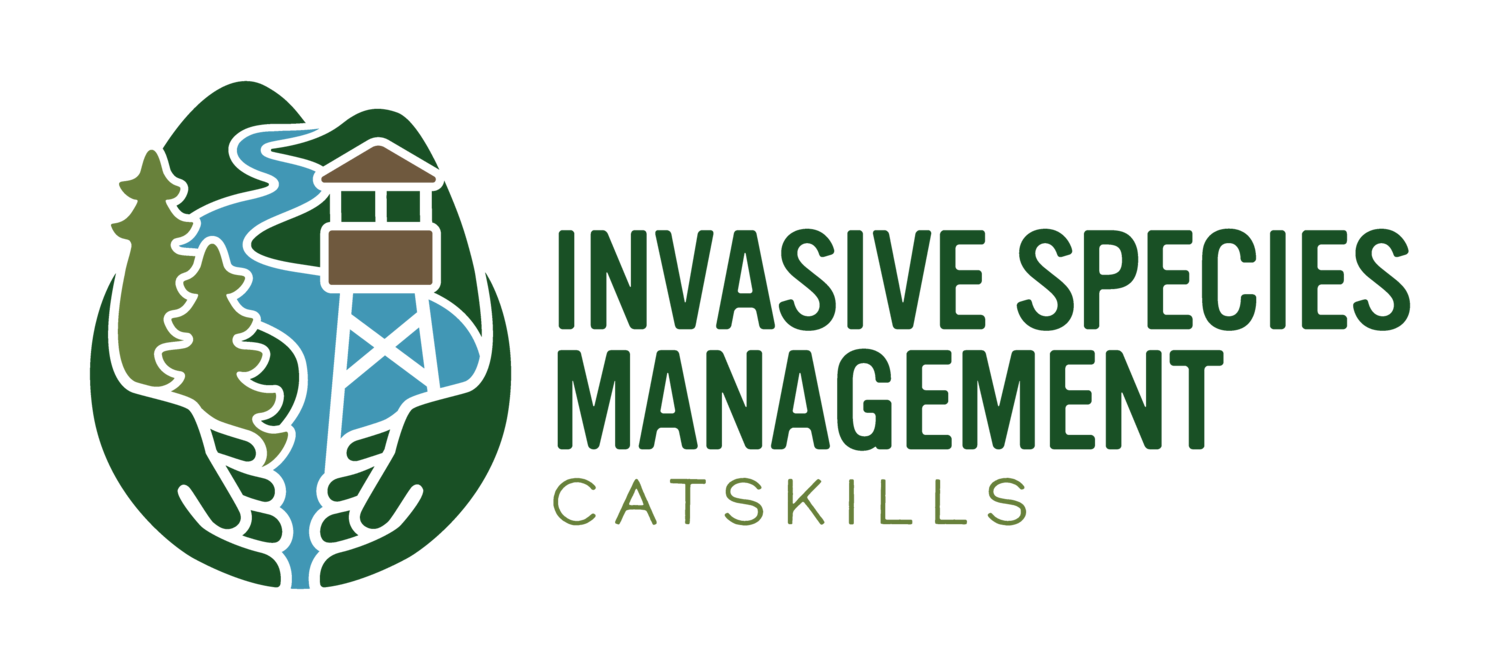Water? Land? Why not both?
Riparian plants are plants that thrive along edge habitats in streams, lakes, and wetlands. Native riparian plants help control bank erosion, reduce flooding impacts, create habitat, and perform many other vital functions necessary for a healthy ecosystem. However, non-native and invasive plants can disrupt this by replacing native plants without fulfilling these important ecological functions.
Invasive plants like Japanese knotweed (Reynoutria japonica var. japonica), common reed (Phragmites australis), and purple loosestrife (Lythrum salicaria) use waterways to facilitate their spread. Because knotweed and loosestrife are less effective than our native plants in holding soil in place, the stream banks that these invasive plants colonize are at increased risk of erosion.
Are you a streamside landowner? If so, there are programs that are available to help you plant native trees and other plants to protect the streambank from erosion (washing away).
Plant native species!
Japanese Knotweed
(Reynoutria JAPONICA Var. japonica)
This common streamside and roadside invader evolved to grow on the sides of Japanese volcanoes. It can reproduce from the tiniest root fragment and a new plant can grow out of a single leaf. If you spot this plant early, control it! If you wait, a large knotweed patch may block access to your stream -- or worse.
Credit: Kingcounty.gov
Purple Loosestrife
(Lythrum salicaria)
This pretty purple flower was planted in wetlands and around ponds as an ornamental plant for years before it was identified as an invasive species. Many plant nurseries still sell purple loosestrife, but this prolific seeder displaces the native plants that support wetland fauna.



